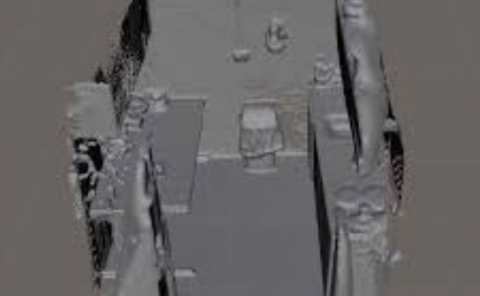Motion Sickness related Route Profiling for Evaluation of the Sensory Conflict in Real-Driving Studies
Note: We don't have the ability to review paper
PubDate: Sep 2022
Teams: Saarland University; ZF Friedrichshafen AG
Writers: B. Buchheit; E. N. Schneider; M. Alayan; Daniel J. Strauss
Abstract
The risk for passengers of an automated vehicle to suffer from motion sickness symptoms increases while performing non-driving tasks. Motion sickness, whether at sea, in the air, in a car or in virtual reality, has been studied for years, but the specific motion patterns of different vehicles and the individual physiology of passengers complicate the definition of general applicable models. Technical progress in vehicles, e.g. the development of the chassis or general digitalization, is constantly changing the influences and marginal effects of motion sickness. In recent years, increasing number of investigations concentrated on the influencing factors on motion sickness. However, the relation between emesis and vehicle dynamics itself is predominantly inadequately presented. Therefore, the results can poorly be incorporate in mathematical models of the sensory conflict theory established as leading theory in the research community. In our research, we suggest a method to prepare and present route and driving information to increase the transparency of real-world driving experiments. We used determined position-based spectrograms to simplify the understanding of the provoked acceleration as well as frequency, known as important motion sickness trigger. Standardized use of this method would support review articles about driving experiments and thus support research regarding motion sickness prediction and occurrence in vehicles.

